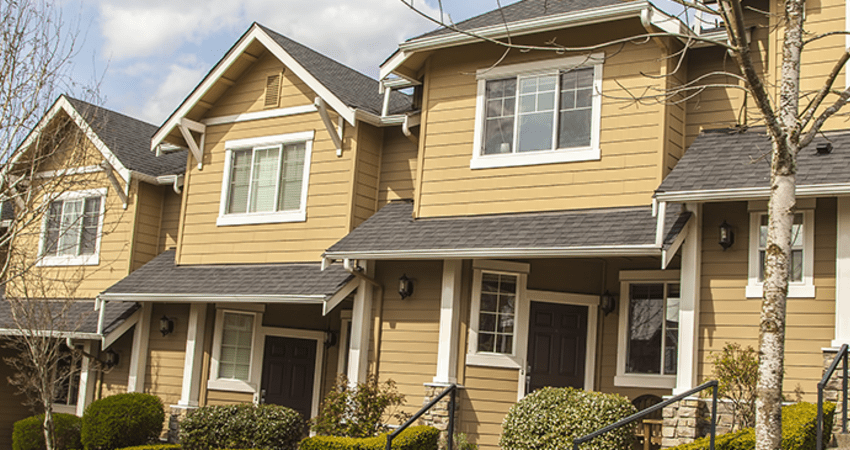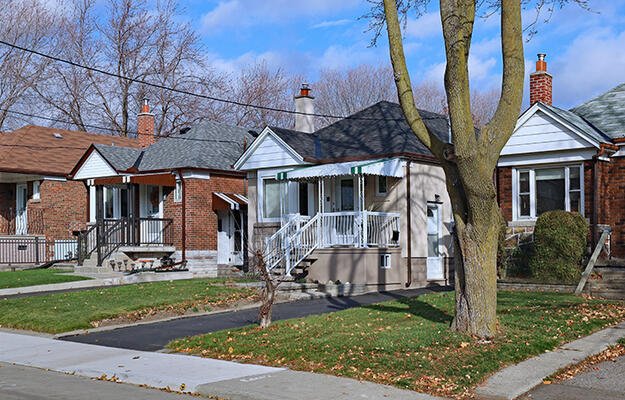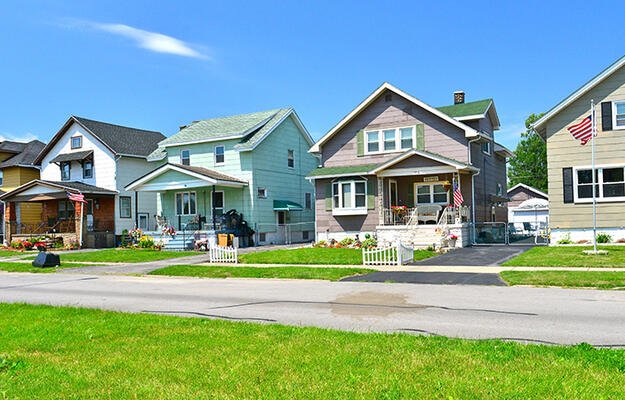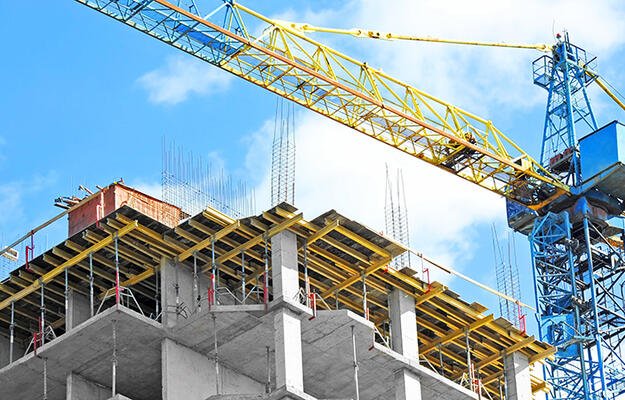
Mixed-Income's Anticipated and Realized Benefits
- Title:
- Mixed-Income's Anticipated and Realized Benefits
- Author:
-
Diane k. Levy, Zach McDade, Kassie Bertumen
- Source:
- Publication Date:
-
2013
Mixed-income housing and neighborhoods are commonly advanced as a method of alleviating the harms of concentrated poverty and achieving urban revitalization. A 2013 literature review, published in Cityscape, clarifies the hypothesized benefits of mixed-income communities, examines the state of the evidence, and considers potential next steps for reducing economic segregation.
The hypothesized benefits of mixed-income living have included poverty alleviation, increased property values, an increased tolerance for diversity for residents of all incomes, and improved housing quality, services, and neighborhood conditions for lower-income residents. The evidence generally supports the hypotheses regarding neighborhood improvements, but not those related to social interaction and poverty alleviation.
Major findings:
- Economic desegregation does not, on its own, lead to meaningful interactions between neighbors across economic groups.
- Community events and facilities may reinforce socioeconomic divisions if one income group feels more of a claim on the space.
- Relationships between residents may change over time, either as residents become more comfortable with each other or as residents give up and retreat to their comfort zones.
- Mixed-income communities have not generates the hypothesized improvements in economic well-being for low-income households. While some evidence suggests an increase in employment, the evidence is weak at best about income benefits.
- Achieving economic improvements will likely require changes in school quality, job supports, and other factors. Benefits may also accrue over a longer period of time than previously studied.
- Residents of mixed-income developments report satisfaction with housing quality, neighborhood services, and public safety.
- Moving to a mixed-income community appears to have psychological benefits for low-income residents, namely in mental health improvements and the reduction of stress related to neighborhood safety concerns.
- Children may experience educational, health, and behavioral benefits from moving to a lower-poverty or income-diverse area.
Recommendations:
- Mixed-income communities offer low-income households an improved sense of safety and security, but intentional and specific services and supports are necessary for addressing poverty.
- The design of the public space may increase residents' interactions.
- If resident organizations are structured to serve separate community populations, resident interactions across socioeconomic status are likely to be impeded.
- Grocery stores and other resources in the surrounding area create additional opportunities for resident interaction.


